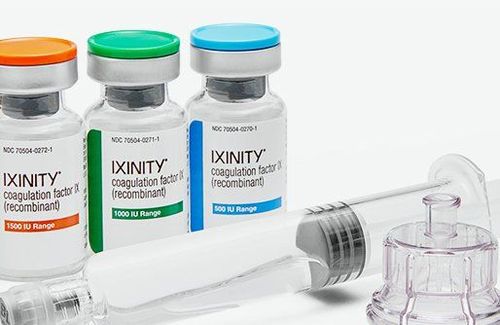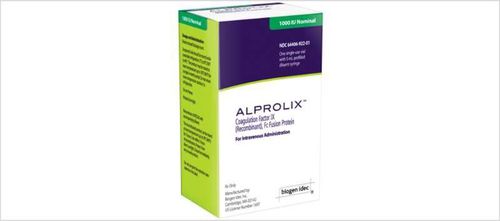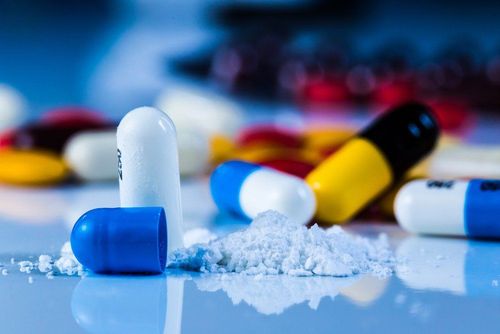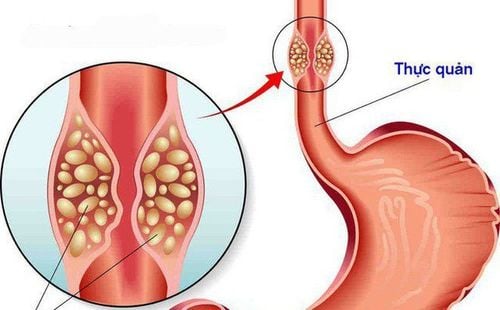This is an automatically translated article.
The article was professionally consulted with Specialist Doctor I Nguyen Hong Phuc - General Internal Medicine - Department of Medical Examination & Internal Medicine - Vinmec Phu Quoc International General Hospital.1. What is septic shock?
Septic shock is the body's response to pathogens, which is the stage of an infectious process that begins with a systemic inflammatory response to infection, severe sepsis, septic shock, and multiple organ failure. Septic shock leads to hypotension with signs of organ dysfunction due to lack of perfusion and tissue hypoxia despite adequate volume of circulating fluid. Septic shock needs to be treated early. The effectiveness of the management of septic shock depends heavily on the ability to diagnose shock early, accurately detect the etiology, and predict the course of shock. Treatment of septic shock according to the cause of the shock. In addition, attention should be paid to resuscitation measures.
2. Impact of septic shock on organs
Cardiovascular: reduces the resistance of the vascular system, then increases the heart volume, increases the heart rate. Without the ability to increase cardiac output, blood pressure will drop leading to shock. Respiratory system hypoperfusion leads to alveolar injury, acute pulmonary edema, vasoconstriction, and bronchospasm manifested by dyspnea. Urinary system due to decreased perfusion leads to: Functional renal failure, organic kidney damage. Digestive system: Septic shock leads to vasoconstriction of the digestive system and damage to the circulatory system, thus leading to bleeding lesions, necrosis of the digestive mucosa. In addition, affecting liver function due to reduced perfusion to the liver, damage to the interretinal endothelial cells release free substances that affect liver function such as decreased anti-toxic function, decreased protein synthesis, aggravated liver disease. hypoalbuminemia,... Nervous system: Decreased cerebral perfusion causes cerebral hypoxia, metabolic acidosis, edema, disturbances in nerve conduction. Clinically causes confusion and perceptual disturbances. Blood vessel damage. The consequences of the inflammatory response are; Stagnation of leukocytes, peripheral platelets, thrombocytopenia, polymorphonuclear leukopenia, hemodynamic disturbances (scattered intravascular coagulation).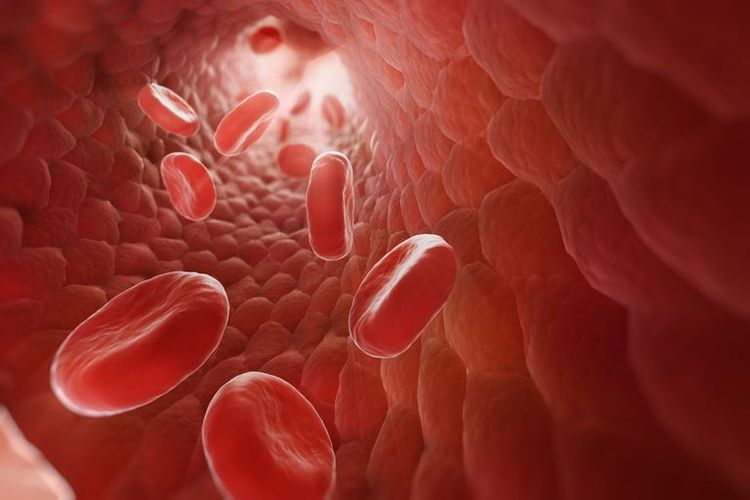
3. Clinical manifestations of septic shock
Skin manifestations: The first stage of heat shock manifests as dry, hot skin, warm extremities. Then move to the stage of cold shock: Cold extremities due to peripheral vasoconstriction, purple nails, nose, ears, purple patches on the knees and limbs may appear on the skin. Severe can necrosis on the skin. Low blood pressure, small pulse, unstable, sometimes fast and sometimes slow. Decreased urine output causes acute renal failure Fever. Shock is often followed by a high fever and chills. When shock occurs, the temperature drops, sometimes dropping low. Severe muscle pain, diffuse cramps, lack of oxygen in the organization: sometimes mistaken for surgical diseases, tetanus, ... diffuse appearance, death rash, bruising...4. The causative agent of septic shock
Bacteria that often cause septic shock: Gram (-) bacteria accounted for 2/3 of cases: E.coli, Klebsiella pneumoniae, Pseudomonas, Proteus, Yersinia, Neisseria. Gram (+): Staphylococcus aureus, streptococcus. Gram (+) anaerobic bacilli: Clostridium perfringens Due to severe infection of an organ or part of the body.5. Treatment
Principle:Early detection, timely treatment Active emergency resuscitation and specific antibiotic treatment
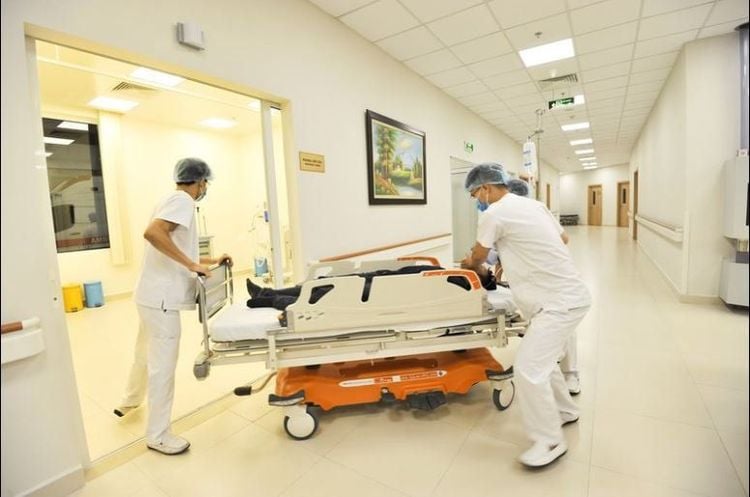
Please dial HOTLINE for more information or register for an appointment HERE. Download MyVinmec app to make appointments faster and to manage your bookings easily.







